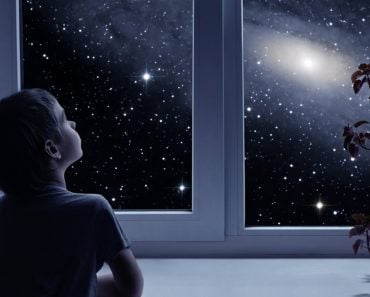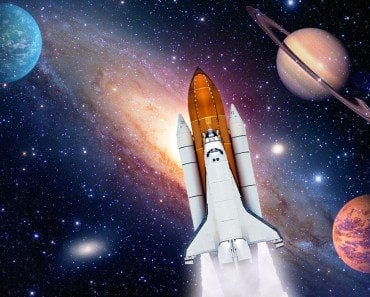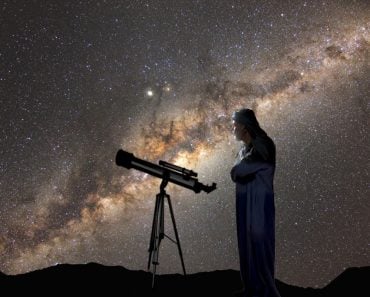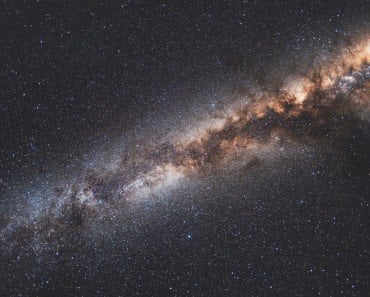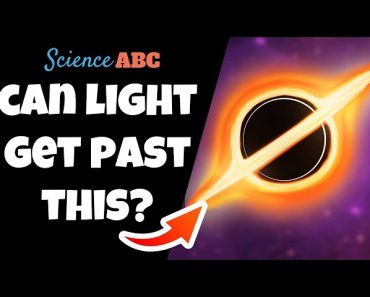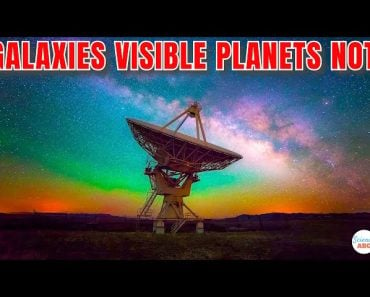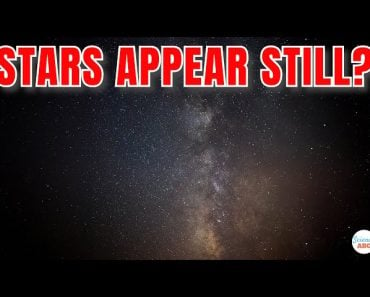Table of Contents (click to expand)
There remains no clear or definitive evidence that the universe is either finite or infinite, although there are some intriguing arguments and proposed theories on both sides. The great thing about this mystery, however, is that due to the nature of the universe, we may never be able to truly know the answer!
When is the last time you looked up into a star-strewn sky miles and miles from any other source of light. When thousands of stars spread out above you, shedding their light from millions or billions of miles away, it is nothing short of overwhelming. The longer you peer, the more stars seem to pop into existence, more than you could count if you took all night! However, anyone with a vague knowledge of our galaxy and universe knows that there are actually billions of stars in the Milky Way alone, far more than the few thousand we can see from Earth!
Beyond our Milky Way galaxy lies more than 150 billion other galaxies, each with their own massive amount of stars. Comprehending these numbers is nearly impossible for our relativistic brains, so most people think of the universe as an infinitely large and endless void. In most day-to-day situations, this belief doesn’t make much of a difference, but is it true? Is the universe infinite or not?
Recommended Video for you:
A Complicated Question
The initial answer to whether the universe is infinite or finite is a resounding… we don’t know. What we know with certainty is that the Big Bang occurred 13.8 billion years ago, meaning that is the age of the universe. However, due to the inflation of the universe, as well as the apparently accelerating expansion of every observable corner of the universe, the most distant light we have been able to detect is from roughly 46 billion light-years in every direction. This means that, at present, we know that the universe is at least 92 billion light-years across. It could be much larger than that, but we have no way of knowing. The light from beyond that universal “edge” hasn’t had enough time since the Big Bang to reach Earth or our observational satellites in space.
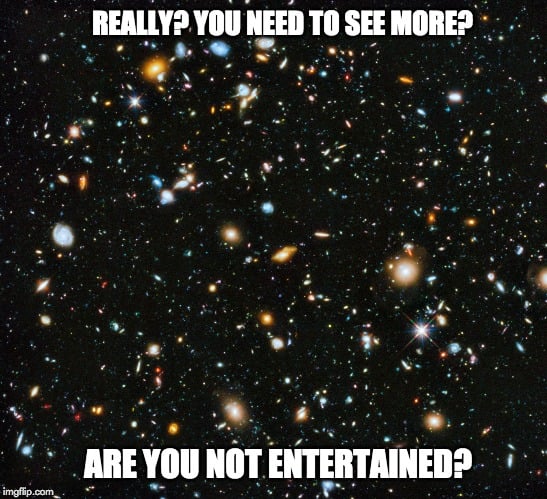
The question is also complicated by the ideas that most people have of what the universe actually is, and how it formed. Many people think of the Big Bang occurring in a completely empty void, a vacuum without energy or matter, when suddenly a massive expansion began, spewing matter and energy out at inconceivable speeds, which eventually went on to form all the galaxy clusters, nebulas, stars, planets and moons we know today.
However, this is a simplified perspective on the Big Bang, and one that has largely been dismissed by experts. The key to understanding the ultimate mystery of the universe (The Big Bang) is that it didn’t start from a single point that affected the rest of “space”. All of space was involved in the Big Bang, which had previously been compressed at nearly infinite density.
In the first instants of the universe following the Big Bang, the volume and density of matter was somewhat uniform, but as soon as cooling and differentiation into atoms began, areas of mass accumulation and areas of empty space became more defined. All of the energy and matter began expanding as it moved apart at the speed of light away from everything else; similarly, the empty space between objects was also expanding (often faster than the speed of light).
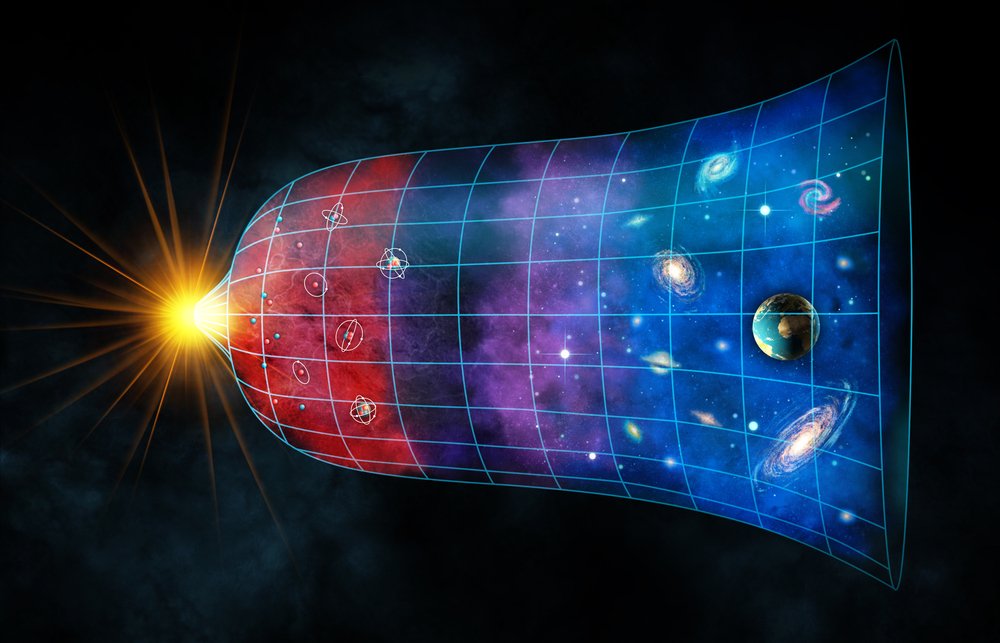
That’s why we can detect light from 46 billion light-years away (also thanks to gravitational lensing), even though our universe has only existed in its present form for 13.8 billion years.
This suggests that there is an “outside” to the universe, as though one could theoretically step outside and then observe from outside the system. However, we have no evidence to suggest that such an “outside” exists, which makes a strong case for the infinite universe theory.
Could It Be Infinite?
The idea of anything being “infinite” is (once again) very hard for the human mind to comprehend. Our existence is inherently defined by boundaries and limitations, so an “endless” number of possibilities is inconceivable. However, if the universe is infinite, then there is a probability (however small) that the exact same arrangement of atoms and molecules exists elsewhere. Extrapolating this out further, there would also be a place where those same arrangements of atoms and molecules formed another Earth, with life that evolved in the same way, meaning that there would also be somewhere else in this infinite universe where another “you” existed.
This may sound like the stuff of science fiction, but that is the realm where discussions of “infinite” must be held. While these seemingly outlandish thought experiments seem impossible, there is no way for us to properly disprove them.
Some theoreticians and astrophysicists, including Einstein, attempted to determine a “shape” for the universe, particularly after Einstein theorized that time and space can be bent or even folded. One of the more popular theories for this universal shape is a “closed loop”. Imagine this in terms of our own planet; up until a handful of centuries ago, people believed that the world was flat, since they could only see the horizon, and were unable to witness the curvature of the planet to recognize it as a sphere.
On a larger scale, when we look across the universe, it appears flat, almost like a sheet of paper, and there is no observable curvature. However, we continue to observe the “opposite” sides of the universe, hoping that we can recognize patterns of similarity, like what is seen on our planet, where a person would eventually reach their initial location if they walked in one direction long enough.
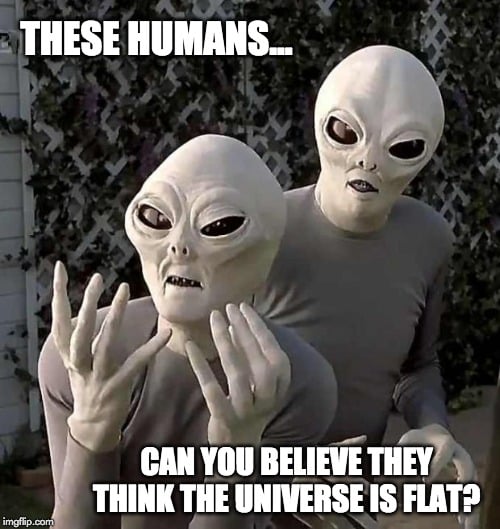
Even though we cannot presently see the curvature of the universe, it has been theorized that if the universe were at least 250 times larger than our currently observable universe, it could potentially still be curving back upon itself (somewhere beyond our ability to see). While this would make the volume of the universe billions of times larger than we presently can see, it is possible. Given this theorized limitation, the universe would still be considered finite.
A Final Word
Discussions around the Big Bang, the size and dark energy, dark matter and dozens of other enigmatic subjects continue to engage and fascinate experts who spend their lives staring at the stars. Scientists and academics like firm answers and measurable quantities, but when you’re talking about the largest conceivable scale (the entirety of the universe), such definitive answers are often elusive, or impossible to ever prove. While the hunt for truth pushes onwards, humans may need to accept the fact that some mysteries aren’t meant to be solved.
References (click to expand)
- If the universe is infinite does that mean there is an infinite number of .... Cornell University
- The Expanding Universe - sdssorgdev.pha.jhu.edu
- Vachaspati, T., & Trodden, M. (1999, December 16). Causality and cosmic inflation. Physical Review D. American Physical Society (APS).
- Barrow, J. D., Davies, P. C. W.,& Harper, J. C. L. (2004). Science and Ultimate Reality: Quantum Theory, Cosmology, and Complexity. Cambridge University Press
- (1976) The Curvature of Space in a Finite Universe - JSTOR. JSTOR



